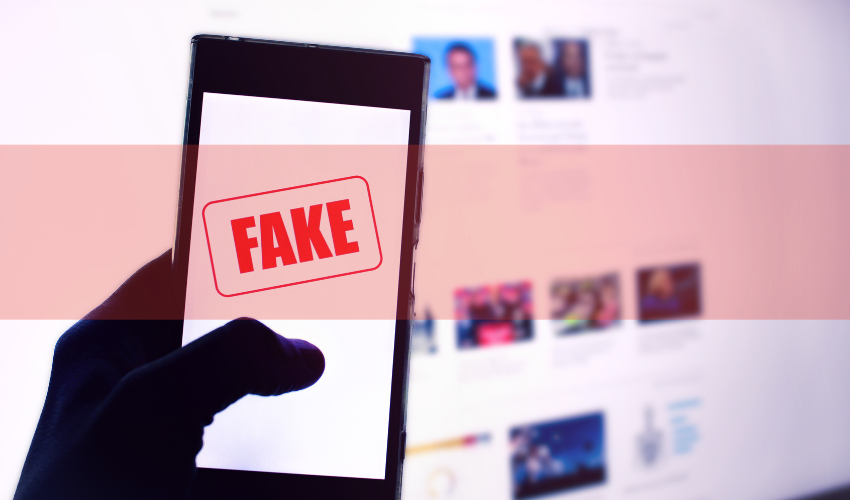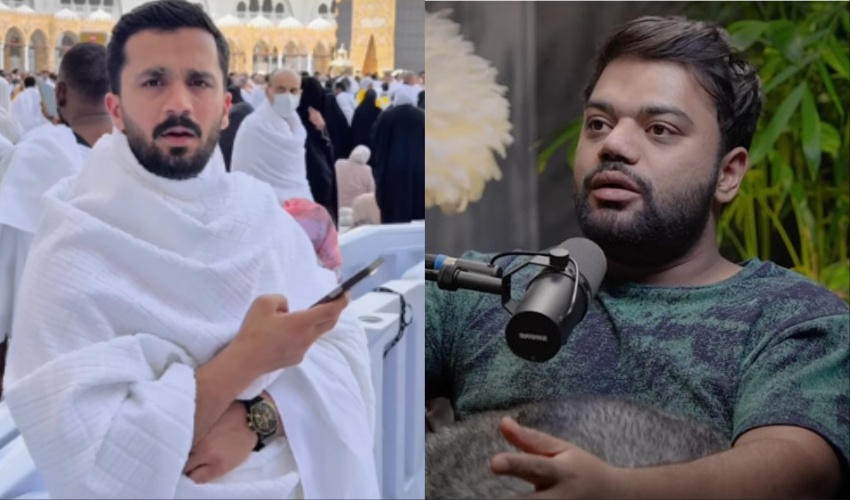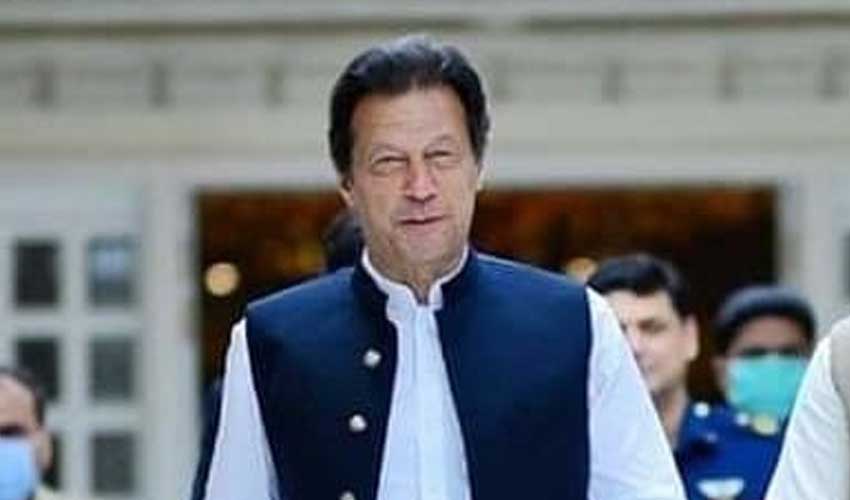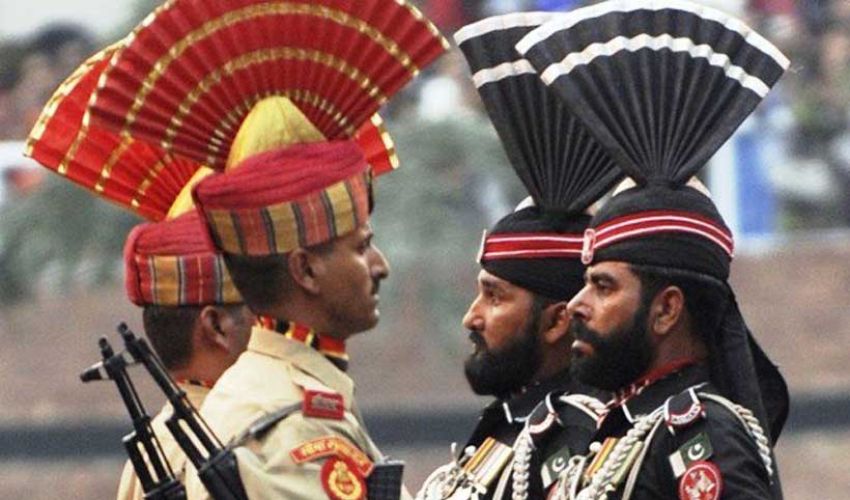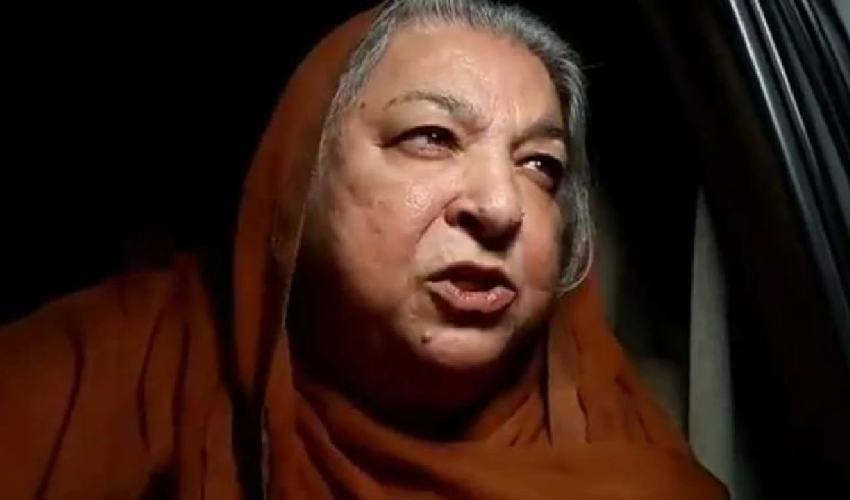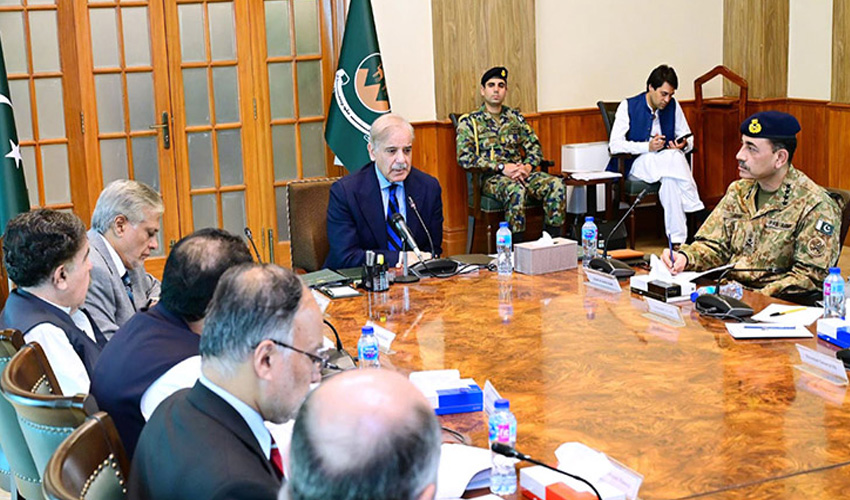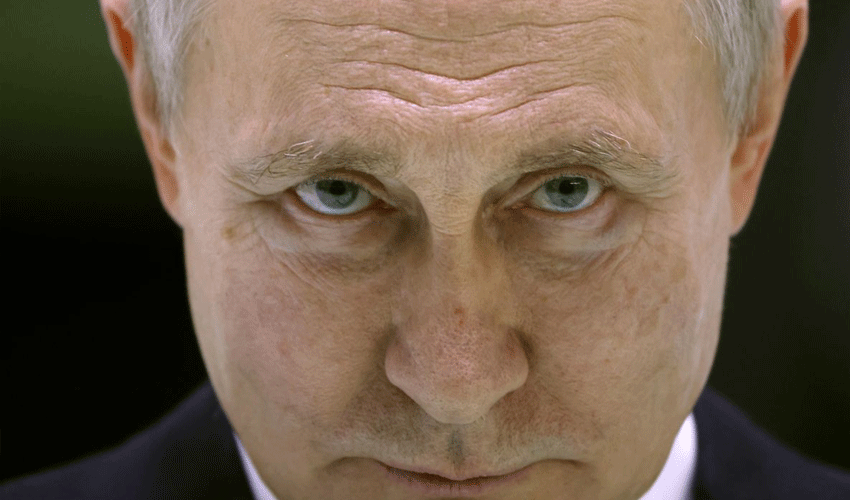As the country gears up for its general elections on Thursday, concerns rise about the rampant spread of propaganda and fake news on social media platforms.
Research from Punjab University reveals worrying trends: political parties are increasingly weaving propaganda into news reports, creating a climate of misinformation and doubt.
Dr. Khurram Shahzad, a researcher at the university, conducted a scientific analysis of media reporting during elections in Pakistan and other countries. His findings are concerning: 11 distinct methods are employed to inject misinformation, disinformation, and propaganda into news content, particularly during elections.
Examples cited include sensationalized headlines like "Another corruption case opened", "Order issued for release from jail", "Rigging scheme exposed!" or "Voters attack candidate!" and many such phrases are found on the thumbnails of social media posts that lack any factual basis.
These attention-grabbing thumbnails and captions often exploit emotional narratives and have little to do with reality. Propaganda news has gained momentum during general elections on social networking websites replete with fake news.
"Fake news spreads rapidly during general elections," warns Dr. Shahzad. "People share information without verification, and edited posts further muddy the waters."
During election campaigns, particularly, political parties make several claims and promises to the people. But research shows that lies are also included in the atmosphere of competition.
Recognizing the urgency of this issue, Dr. Shahzad has developed a unique scientific model capable of identifying propaganda content within news reports. This model could act as a valuable tool for combating the spread of misinformation during elections and beyond.
The researcher urges caution ahead of the elections, advising citizens to verify sensational news before sharing it and be wary of emotionally charged narratives. Ultimately, responsible internet usage and critical thinking are essential to navigate the increasingly complex digital landscape, especially during critical events like elections.
Key Takeaways:
- Research reveals widespread use of propaganda in news during elections.
- Sensationalized headlines and inflammatory narratives dominate social media.
- A new model developed by Dr. Shahzad aims to identify and combat propaganda.
- Caution and critical thinking are crucial during elections to avoid spreading misinformation.





